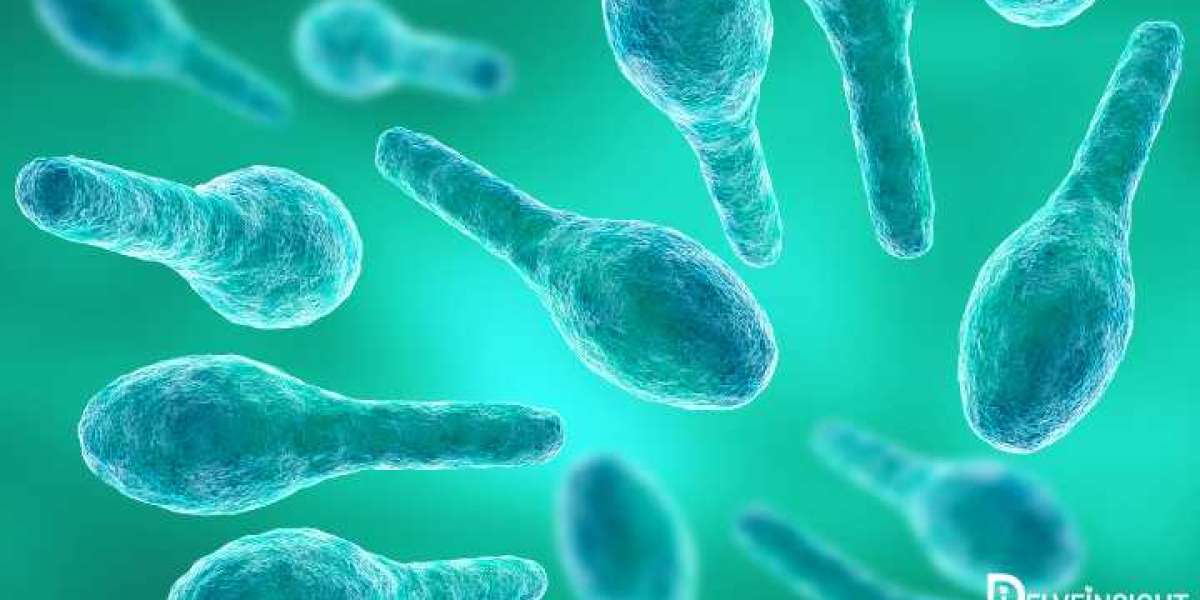Understanding the Genetic Mechanism
DMD is linked to mutations in the dystrophin gene located on the X chromosome. Dystrophin plays a vital role in stabilizing muscle cell membranes during contraction and relaxation. Without this protein, muscle fibers become susceptible to damage, leading to inflammation, fibrosis, and eventual muscle loss. Recognizing the genetic basis of DMD has paved the way for innovative treatment approaches aimed at addressing the root cause rather than merely managing symptoms.
Gene Therapy: A Promising Solution
Gene therapy has emerged as one of the most promising strategies in the quest for a cure. This approach aims to deliver a functional copy of the dystrophin gene or its modified versions directly to muscle cells. A technique known as exon skipping has gained traction, where certain faulty sections of the gene are bypassed to enable the production of a functional dystrophin protein. Drugs like Eteplirsen and Golodirsen have shown promise in clinical trials, demonstrating the ability to increase dystrophin levels in muscle tissues, thereby restoring some muscle function.
CRISPR Technology: Precision Medicine
The advent of CRISPR gene-editing technology has revolutionized the field of genetic medicine, including DMD treatment. CRISPR allows researchers to make precise edits to the genome, potentially correcting the mutations responsible for DMD. Early animal studies have demonstrated that CRISPR can restore dystrophin production, leading to improved muscle health. While still largely experimental, the application of CRISPR in DMD research represents a transformative approach to genetic disorders.
Antisense Oligonucleotides: Targeted Interventions
Antisense oligonucleotides (ASOs) are synthetic RNA molecules designed to bind to specific RNA sequences, modulating gene expression. ASOs can help correct splicing errors in the dystrophin gene, allowing for the production of functional dystrophin protein. Therapies like Vyondys 53 and Amondys 45 are currently being tested in clinical trials, showcasing their potential to slow disease progression and improve muscle function.
Innovative Delivery Systems
For gene therapies to be effective, ensuring that they reach the targeted muscle tissues is crucial. Researchers are exploring advanced delivery systems, such as viral vectors and lipid nanoparticles, to enhance the bioavailability of treatments. Improved delivery methods can significantly increase the efficacy of gene therapies, making them more accessible to patients.
The Importance of Research and Collaboration
The path toward potential curative treatments for DMD is not solely reliant on scientific breakthroughs; collaboration among researchers, healthcare providers, and patient advocacy organizations is vital. Groups like the Muscular Dystrophy Association (MDA) and Parent Project Muscular Dystrophy (PPMD) are pivotal in funding research and fostering partnerships aimed at innovative therapies. Their efforts help raise awareness, support clinical trials, and ensure that patient voices are integrated into the development of new treatments.
Looking Ahead: A Hopeful Future
While significant challenges remain, including variability in patient responses and the need for long-term safety data, the landscape of DMD treatment is rapidly evolving. The integration of gene therapy, CRISPR technology, and antisense oligonucleotides signals a promising future where effective therapies could significantly improve the lives of those affected by DMD.
Conclusion
Harnessing scientific innovation is crucial in the quest for curative treatments for Duchenne Muscular Dystrophy. As researchers continue to explore and refine these novel therapies, the hope of transforming DMD from a life-limiting diagnosis to a manageable condition is becoming more attainable. With collaboration, dedication, and continued investment in research, a brighter future awaits those affected by DMD.
Latest Reports
Hearing Implants Market | Hemophilia B Market | Hepatitis B Virus Market | Hpv-induced Cancers Market | Image Guided Surgery Devices Market | Intrahepatic Cholangiocarcinoma Market | Juvenile Rheumatoid Arthritis Market | Menorrhalgia Market | Ncfb Market | Nmibc Market | Non-st Segment Elevation Acute Coronary Syndromes Market | Nonmuscle Invasive Bladder Cancer Market | Oral Mucositis Om Market | Osteosarcoma Market | Palmar Hyperhidrosis Market | Pd-1 Pdl1 Market | Primary Progressive Multiple Sclerosis Ppms Market | Progressive Familial Intrahepatic Cholestasis Market | Prosthetic Joint Infection Market | Radiation Toxicity Market | Refractory Chronic Cough Market | Scleroderma Market | Small Fiber Neuropathy Market | Vascular Access Devices Market | Walking Impairment In Multiple Sclerosis Market







